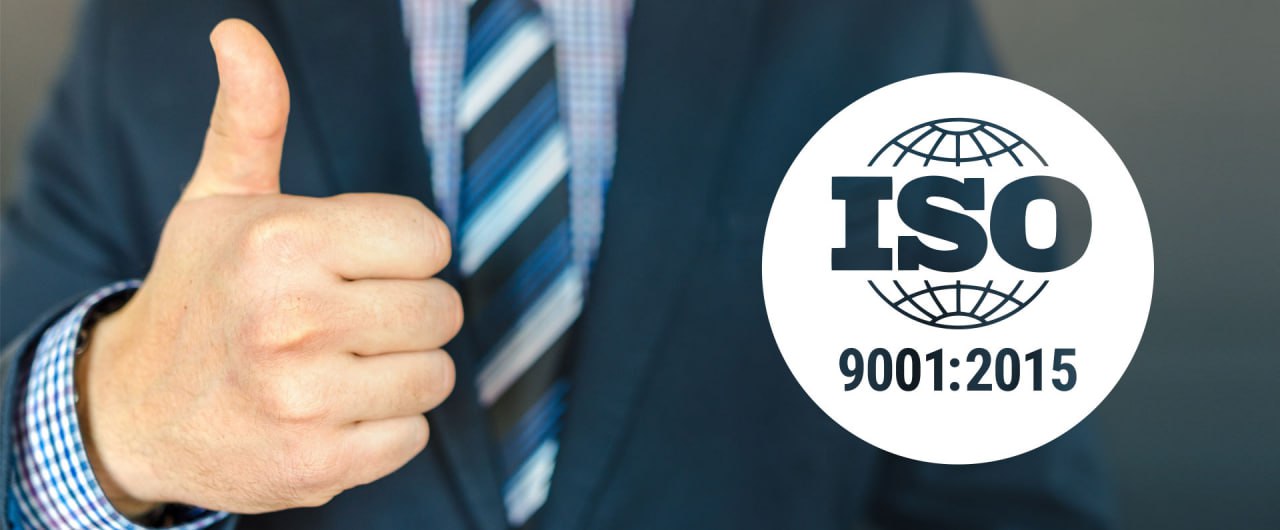- Home
- Complying with International Standards: ISO 9001:2015 vs. 9001:2008 in Cable Management
Complying with International Standards: ISO 9001:2015 vs. 9001:2008 in Cable Management

ISO 9001 is the global grammar of quality. It defines how businesses should operate if they aim to deliver precision, reliability, and trust at scale. For cable tray manufacturers in UAE, where millimeter-level accuracy can affect megawatt-level systems, ISO 9001 lays the tracks for repeatable success. It transforms quality from a checkbox into a business advantage.
Why ISO Standards Matter in Cable Management
Cables don’t just carry power; they carry performance. When housed in trays that must survive harsh conditions, load variations, and complex builds, the margin for error disappears. That’s where ISO steps in. It cuts through process ambiguity, replacing guesswork with guidelines. The result? Fewer defects, smoother exports, and products that perform as promised. In an industry that’s increasingly global, compliance is no longer optional.
The Role of Certification
A certificate on paper? No, a promise in process. ISO 9001 certification signals that your manufacturing isn’t just consistent; it’s transparent, auditable, and resilient under scrutiny. For Bonn Gulf, that means being able to compete internationally with confidence. It’s proof that our systems are improving. Certification enables our clients to sleep easier, knowing what they get is what they asked for.
The Evolution of ISO 9001: From 2008 to 2015
The 2008 version was solid. It provided structure. But it was rigid. Built on product realization and fixed procedures, it got the job done, but it didn’t move with the market. ISO 9001:2015 flipped that model. Now, the focus is proactive, not reactive. The number of clauses grew, aligning to the PDCA cycle (Plan, Do, Check, Act). “Documented procedures” became “documented information”, freeing companies to define their own value-added controls instead of checking off boxes. Leadership isn’t distant anymore; it’s accountable. “Product” became “output,” reflecting not just physical goods, but services and results. And perhaps most crucially, the context of the organization became a formal requirement, forcing businesses to adapt QMS design to reality rather than theory. It’s a shift toward quality that breathes, learns, and scales.
Bonn Gulf’s Commitment to Quality: Transition to ISO 9001:2015
For us, the transition was about raising the bar.
Making Audits Work for You
We treat audits as engines, not alarms. Every audit cycle dives deep, not to punish, but to polish. We uncover gaps before they become failures, align departments with ISO 9001:2015 standards, and build a quality management system that adjusts, reacts, and improves.
Training That Builds Quality from the Inside Out
Every cable tray that leaves our floor is a team effort, and so is quality. From production to procurement, every employee is trained in risk-based thinking, empowered to flag concerns, and encouraged to suggest improvements. Leadership sets the tone, but everyone plays a part.
Clear Records, Clear Results
Our documented information isn’t just well-kept, it’s strategic. We can trace the path of a single unit from sourcing to shipping. This visibility gives us the power to respond quickly, correct accurately, and assure clients with full transparency.
The Bottom Line: Why ISO 9001:2015 Matters More Than Ever
In a market full of promises, ISO 9001:2015 is proof. It confirms that what you say you’ll do is what you do. With risk-based thinking built into our processes, we experience fewer production halts, more predictable timelines, and better outcomes. Our quality management system isn’t static; it’s self-aware. It feeds on metrics, adapts to changes, and drives every team toward improvement. Because in this industry, consistency isn’t just nice to have, it’s the reason we get invited back.
